Growing peppers from seed is easy, the challenge is choosing the right varieties for your climate to ripen in time.
I love growing and choosing new pepper varieties, it’s amazing the different complexities in taste that pepper varieties can have.
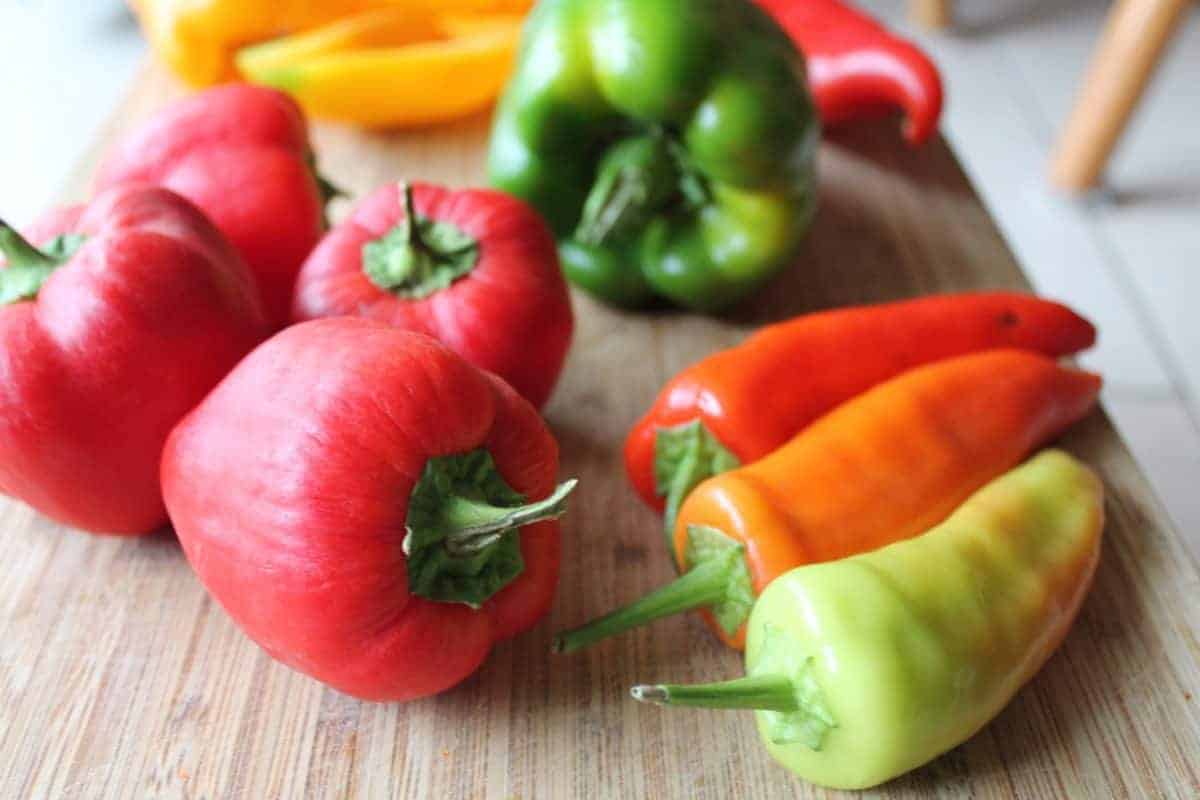
How to Grow Peppers From Seed
- Start seeds 8-10 weeks before last spring frost. If you plan on growing them in a greenhouse, polytunnel greenhouse, or under a hoop tunnel, then you can start some earlier and transplant sooner because they’re protected.
- You can either pre-germinate seeds or just sow your seeds in seed starter trays. I do the latter, using a 72 cell seed starter tray with a lid over top (to help increase the heat).
- Make sure you barely cover the soil because pepper seeds are small. Many people make the mistake of sowing peppers too deeply and they either take longer to germinate or never germinate at all.
- Warm up the soil first under a grow light. Pepper seedlings benefit from lots of extra warmth so a dome over top of your trays is a good idea. There are plenty of cheap mini greenhouses you can use for the pepper seedlings.
- Once peppers show their first 1-2 true leaves (not cotyledons) transplant them into a larger pot. The other option is sowing 3 seeds in a larger pot & removing 2 of them and keeping the strongest/fastest growing one.
I always use grow lights to start our seeds, especially warm season crops like peppers because they need extra heat.
Many people also use warming mats, however I’ve found that the heat from the lights is usually enough. Never plant in cold soil, warming up the soil under the lights before planting can help speed up the germination of warm season crops.
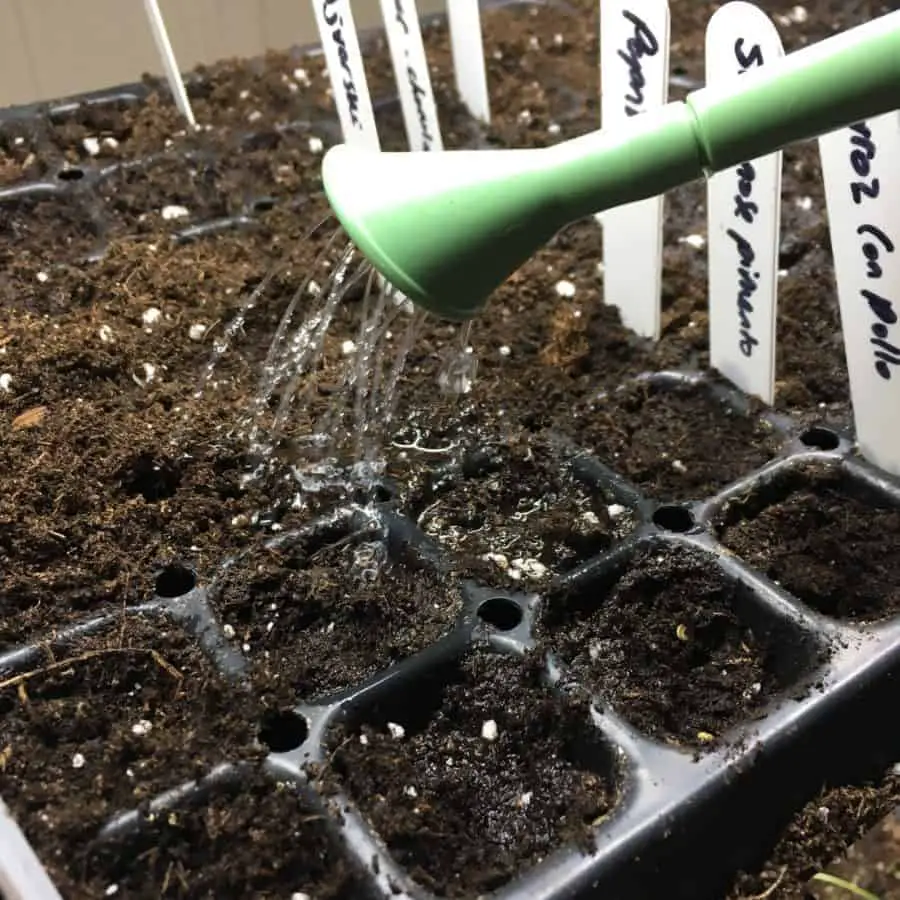
- Start feeding your seedlings with worm casting tea or seedling fertilizer once they have a couple of true leaves.
- Make sure your peppers have enough root space & depth to grow. Too much root bound stress can make peppers flower prematurely reducing yield later on. Many gardeners will pinch off any flowers forming before they are transplanted.
- Once your peppers are 8-12 weeks old you can harden them off and transplant them into the garden. I often transplant them and use a mini hoop tunnel as a portable mini greenhouse to protect them from spring winds and rain.
You definitely need to wait until after the last spring frost to transplant into the garden
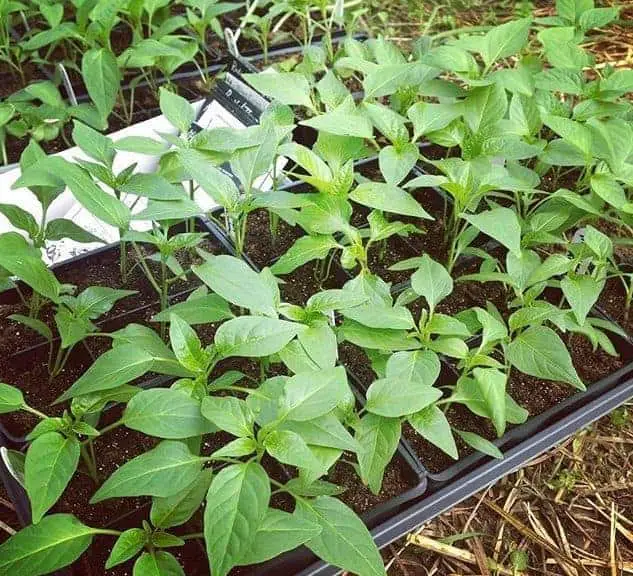
You also want to make sure you harden off your seedlings before transplanting them into your garden.
Allow your pepper seedlings to get used to the weather outside by placing them for 2-3 hours a day outdoors and increasing it to 8 hours over a week or more. If it’s torrential rain do not set your peppers out unless they have cover! They are a warm season crop and you’ll slow down growth if you place them in cold wet weather. My favorite investment for growing peppers is definitely a portable mini greenhouse for this reason, we once lost 20 plants from a cold wet June!
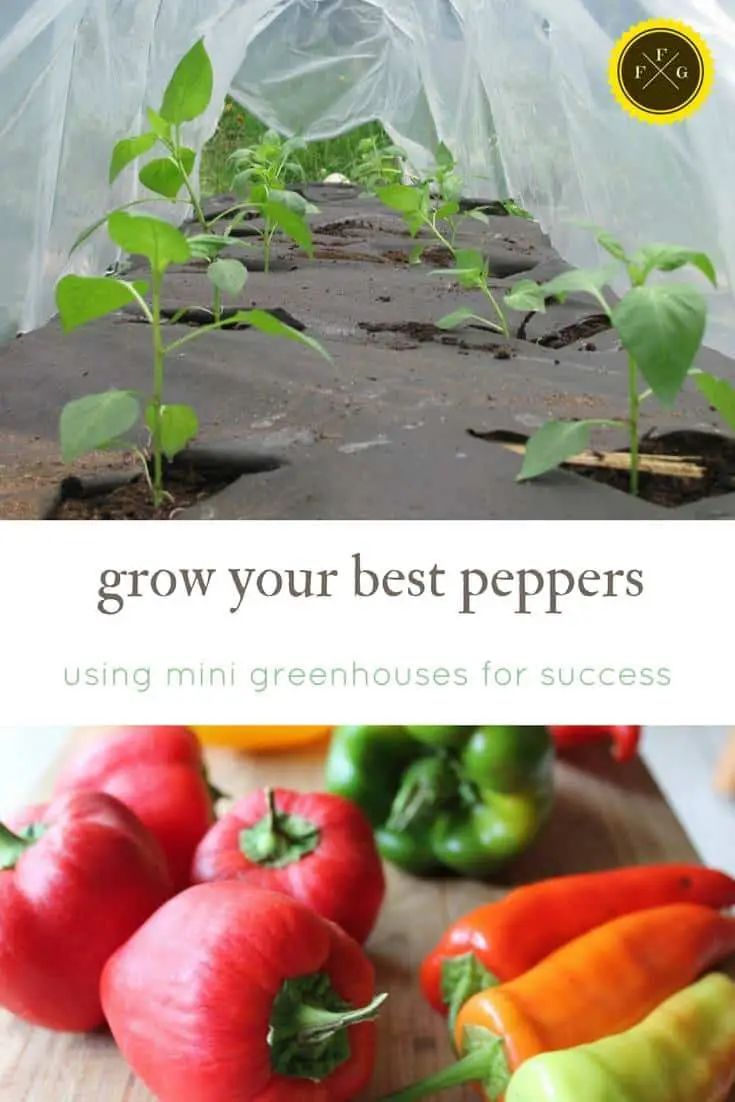
Mini greenhouses can really help increase heat in the spring and offer weather protection.
If you have a short season climate and you’ve had little to no success with peppers, I’d recommend these along with choosing short season varieties. Later in the season you could use a taller hoop tunnel to offer protection for the whole season.
Importance of days to maturity!
Some pepper varieties like ‘King of the North’ are more suited to cooler shorter summers and are ready in 68 days. Some like many of the hot peppers, need 80-90 days to ripen. I loved growing ‘Hungarian Hot Wax’ (pictured below) because they were prolific and ripened in our shorter season (we get frosts in May & Sept). I’ve had peppers like ‘Arroz Con Pollo’ that I almost gave up on because they took soooo long to produce. The general growth was about 3 weeks slower than my other varieties and took longer to produce. Even though the flavor was absolutely amazing, I might not grow that flavoring pepper again because it isn’t a good use of space for me. I will however try to find other flavoring peppers that are more suited to this climate.
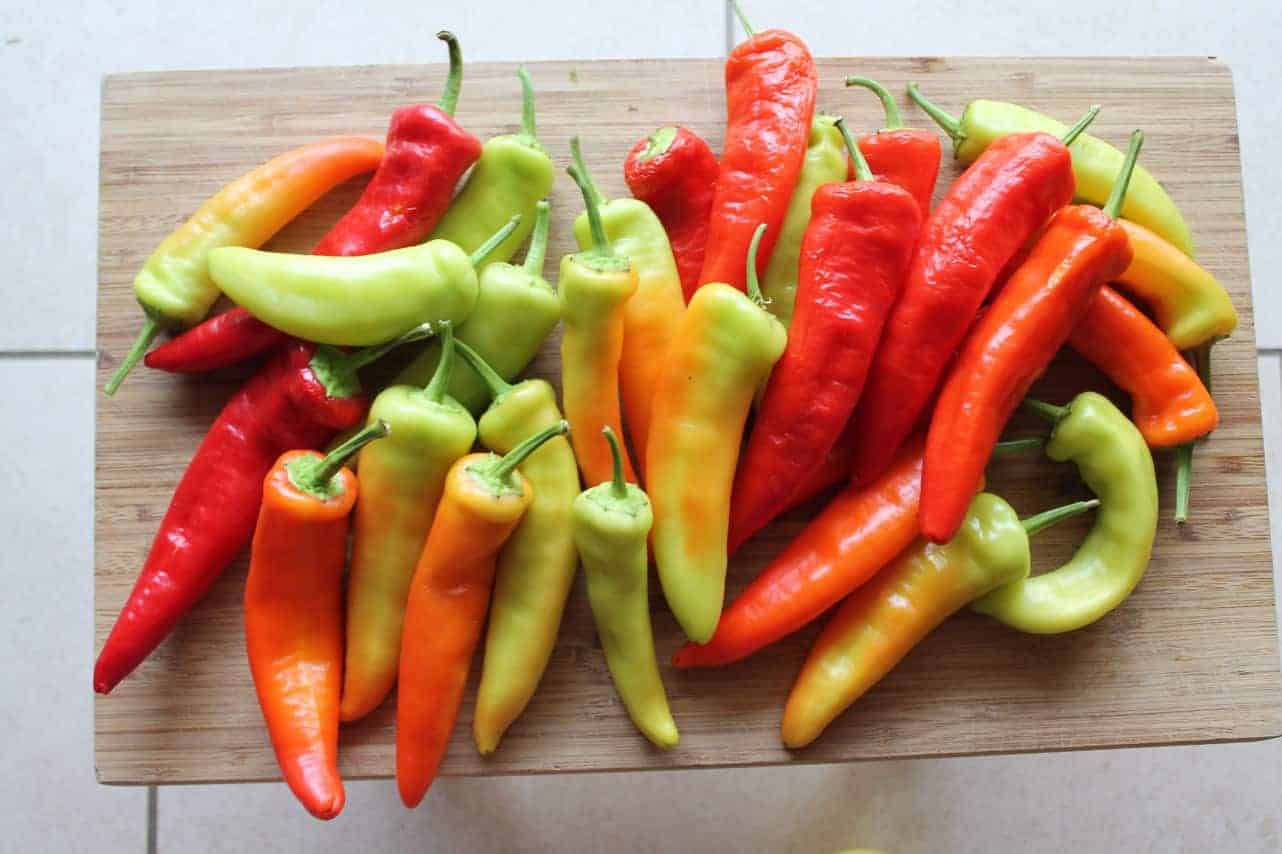
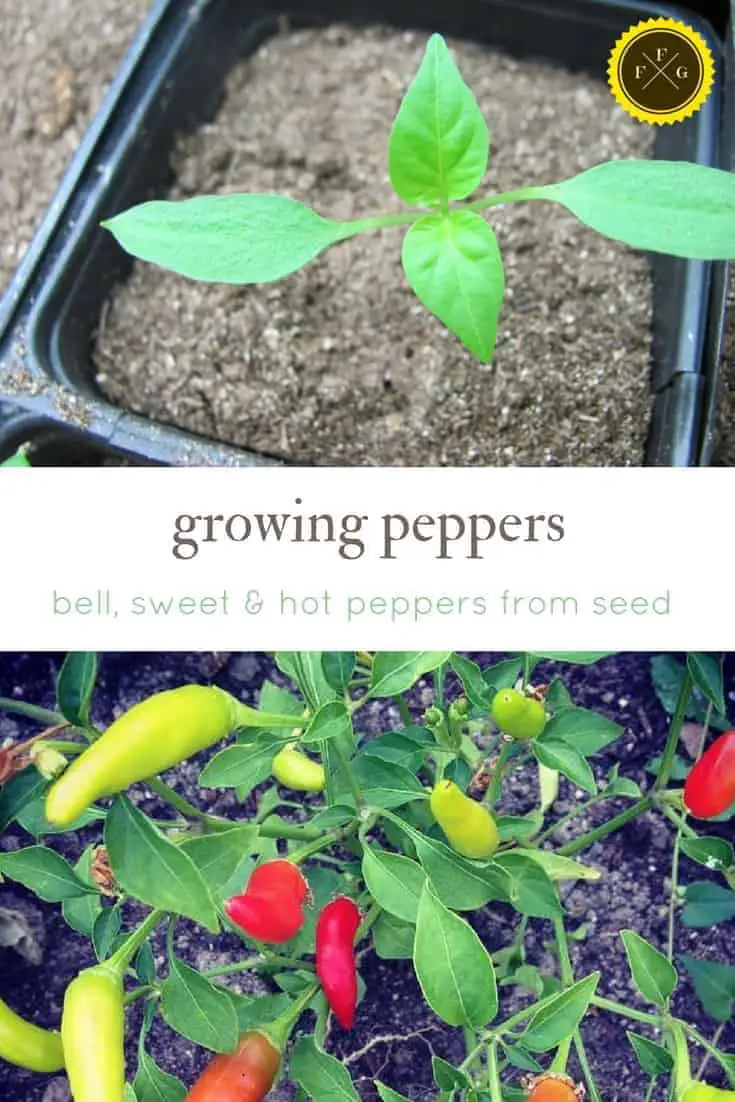
I hope you enjoyed this growing peppers guide! What is your favorite pepper variety or pepper type?

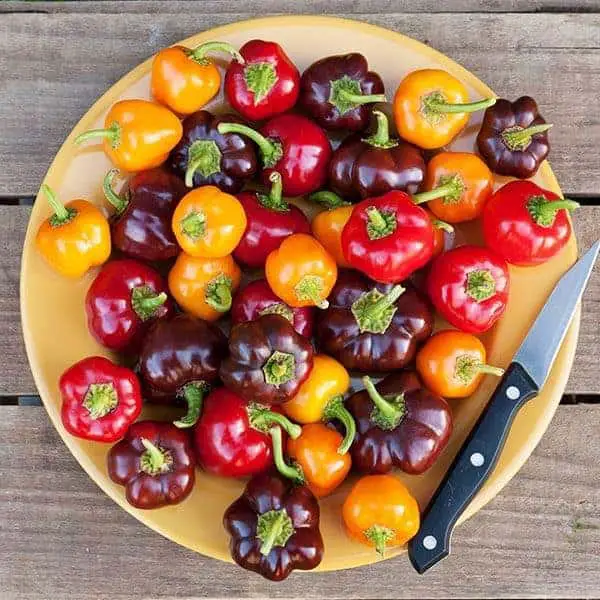
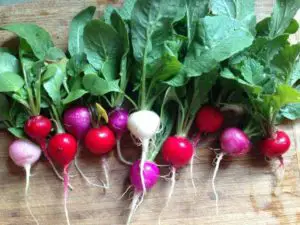
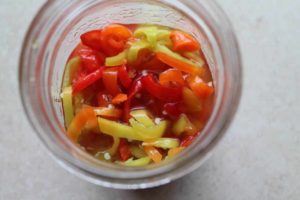
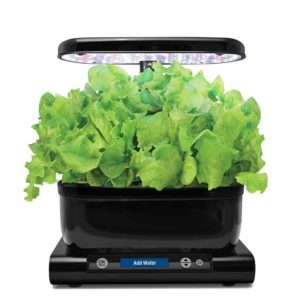
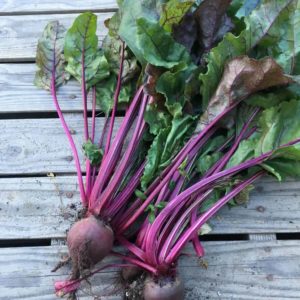
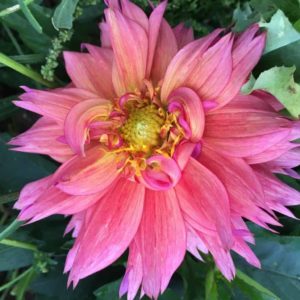
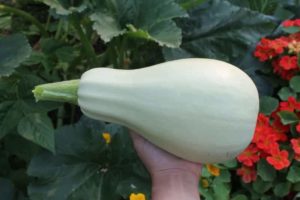
When do you start your pepper seeds indoors? I see you are zone 5. I am zone 4, and always seem to start them too late and then wind up having to buy from the garden center.